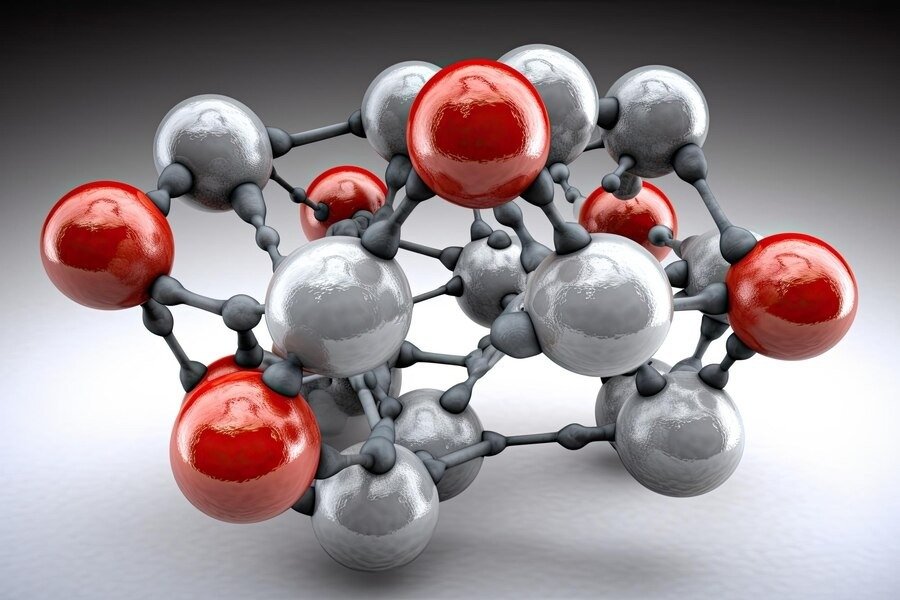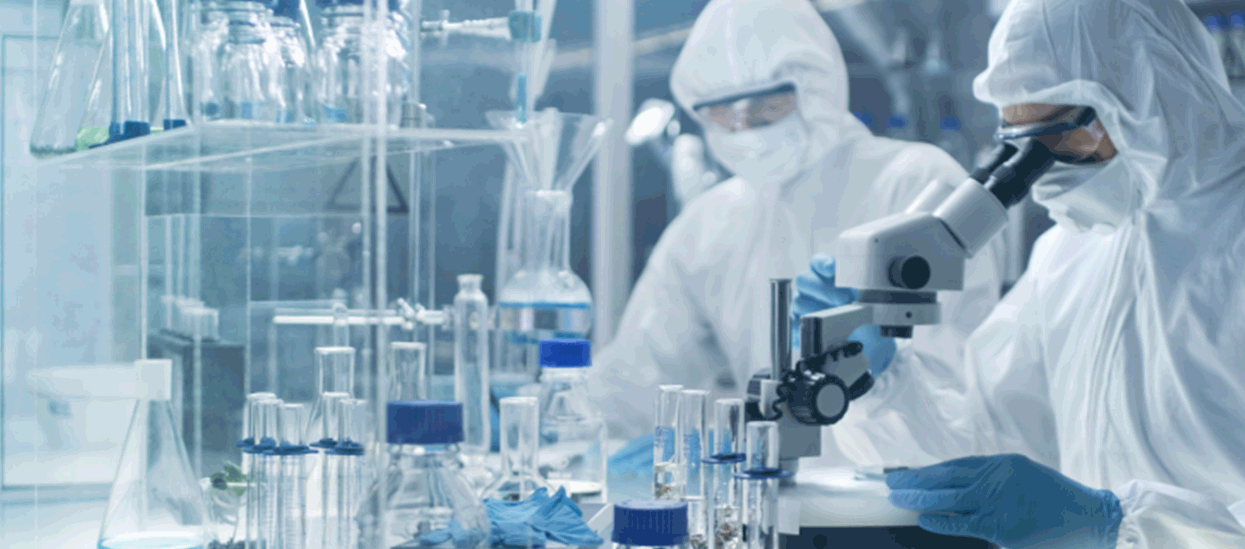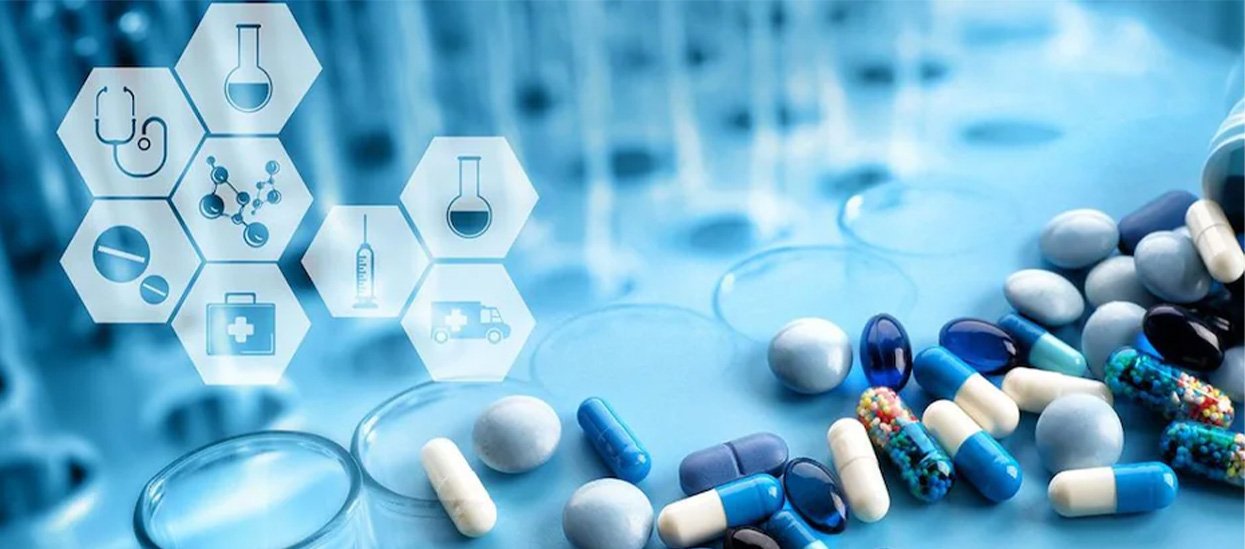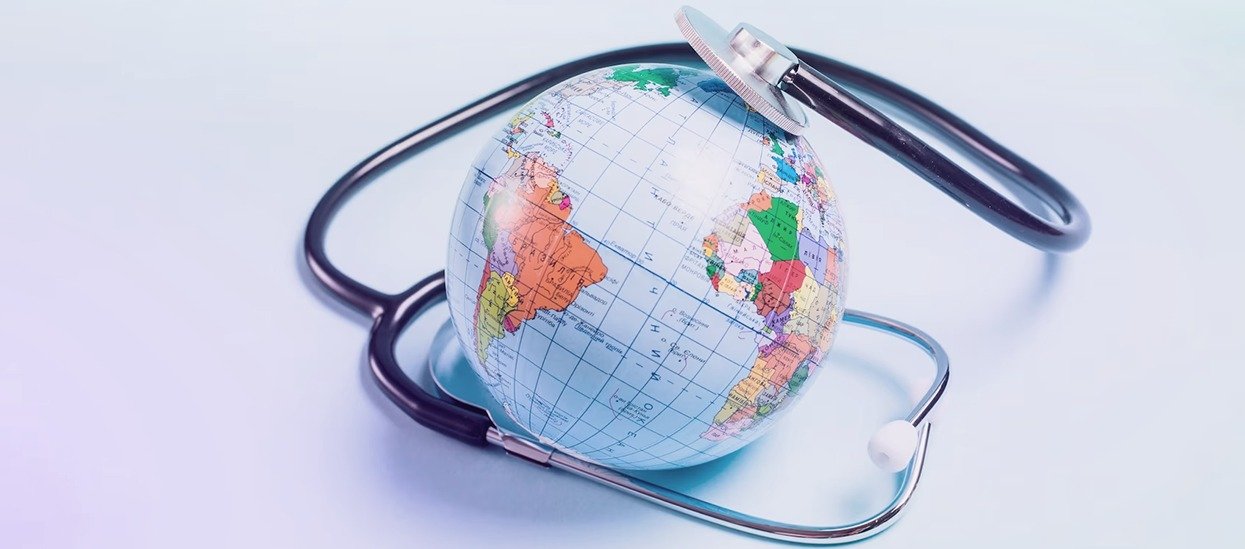Introduction:
Welcome to a comprehensive exploration of Cephalosporins, a pivotal group of antibiotics derived from Cephalosporium. In this blog, we’ll delve into their mechanism of action, examine the different generations, explore their diverse applications, and peer into the future with the emergence of the fifth generation. Join us on this journey through time and innovation in the realm of antibiotic therapy.
Cephalosporins- The Future of Antibiotics
Cephalosporins are a group of semisynthetic antibiotics derived from Cephalosporin-C, obtained from the fungus Cephalosporium. These are the largest group of Beta-Lactam antibiotics, i.e., they interfere with bacterial cell wall synthesis. Cephalosporins are broad-spectrum antibiotics effective against both gram-positive and gram-negative bacteria. Therefore, its use is widespread in both medical and dental conditions.
There are five generations of cephalosporins divided based on chronological sequence of development as well as antibacterial spectrum and potency.
The generation of cephalosporin determines the indications, contraindications, adverse effects, and route of administration, along with other vital factors.
Mechanism of Action-
The beta-lactam drugs inhibit cell wall formation by acting against the transpeptidase. This disrupts the cross-linking that maintains the close-knit structure of the cell wall. The transpeptidase and related proteins constitute the penicillin-binding proteins(PBPs) located in the bacterial cell membrane. Each microorganism has multiple PBPs that have an affinity towards different beta-lactam antibiotics. Therefore, when a bacteria replicates in the presence of a beta-lactam antibiotic, cell wall-deficient organisms are produced.
Moreover, owing to the hyperosmotic interiors of the bacteria, the cell wall deficient form swells and bursts, thus causing the lysis of the organism. This is how a beta-lactam antibiotic such as cephalosporins exerts bactericidal action. Beta-lactam antibiotics are most lethal during the phase of rapid cell wall synthesis. And because the peptidoglycan cell walls are unique to bacterial species, these antibiotics are practically non-toxic to humans. Also, blood, pus, and tissue fluids do not interfere with the antibacterial action of beta-lactam antibiotics.
Generations of Cephalosporins-
Based on their activity and potency against the type of bacteria, traditionally there are four generations of cephalosporins-
First Generation- These were developed in the 1960s and have high potency against gram-positive bacteria such as staphylococci and streptococci. However, their action against gram-negative groups is considerably low. Proteus mirabilis, Klebsiella, and E. coli are a few gram-negative species responsive to first-generation cephalosporins.
The first-generation cephalosporins include Cefazolin, Cephalexin, Cephradine, and Cefadroxil.
Second Generation- Developed after the first generation of cephalosporins, this group of drugs works against gram-negative bacteria. Some second-generation compositions are also effective against anaerobes(cephamycin sub-group).
Second-generation cephalosporins include cefuroxime, which is highly active against H. influenza. Other drugs in this group are Cefuroxime axetil, cefaclor, etc.
Third Generation- First introduced in the 1980s, the third generation cephalosporins have high augmented activity against gram-negative Enterobacteriaceae. Some of the formulations also inhibit Pseudomonas activity. All the third-generation cephalosporin drugs are resistant to the beta-lactamase enzyme produced by gram-negative bacteria. However, they are less potent against gram-positive cocci and anaerobes. Cefotaxime is the prototype of this group. Other drugs include Ceftizoxime, Ceftriaxone, Ceftazidime, Cefixime, etc.
Fourth Generation- This generation includes Cefepime, developed in the 1990s. It has a similar activity spectrum as the third-generation drugs. However, its potency is more with high resistance to beta-lactamases. Cefepime is also active against Ps. aeruginosa and Staph. Aureus. Another fourth-generation cephalosporin is Cefpirome. Both of these drugs are highly recommended for hospital-acquired infections and other serious health issues.
Applications of Cephalosporins-
Cephalosporins are extensively used in medical practice. The group of beta-lactam antibiotics have found a wide range of applications.
- As a substitute for the Penicillin group of antibiotics in allergic patients. The first generation Cephalosporins are the preferred choice.
- For Respiratory, urinary and soft tissue infections caused by gram-negative organisms, especially Klebsiella, Proteus, Enterobacter, and Serratia.
- Against Penicillinase-producing staphylococcal infections.
- In cases of septicemia caused by gram-negative organisms. A combination of aminoglycoside and cephalosporin is a good combination in such cases.
- Cefazolin is administered for most of the surgical prophylaxis.
- Ceftriaxone is the first choice of drug(as a single-dose therapy) for gonorrhoea caused by penicillinase-producing organisms.
- Cefuroxime and cefotaxime are also preferred for single-dose therapy in cases of chancroid.
- Ceftriaxone and cefoperazone are the fastest-acting drugs in typhoid.
- Cefuroxime, cefaclor or any of the third-generation compounds is a choice of drug for mixed aerobic-anaerobic infections in cancer patients.
- Third-generation cephalosporins are given in colorectal surgery and obstetric complications.
- Ceftazidime or other third-generation cephalosporins are administered as a prophylactic agent or treatment modality in cases of infections in neutropenic patients.
- These are a preferred group of drugs given against hospital-acquired infections that are resistant to common antibiotics.
- Orally active 1st and 2nd generation cephalosporins are primarily prescribed for orodental infections.
Adverse Effects of Cephalosporins
Cephalosporins are a well-tolerated group of drugs. However, they are more toxic than penicillin. Some of the adverse effects related to cephalosporins are-
- Pain after intramuscular cephalosporin administration is a common occurrence.
- Thrombophlebitis on intravenous injections occurs in many cases.
- Oral administration of cephradine can lead to diarrhea. Parenteral administration of cefoperazone is significantly excreted in bile.
- Hypersensitivity reactions similar to penicillin. However, the incidence rate is lower. Rashes are a common manifestation. Anaphylaxis, urticaria, and asthma can also occur.
- Few cephalosporins such as Cephalothin exhibit low-grade nephrotoxicity. Pre-existing renal conditions usually accentuate the condition.
- Bleeding can occur on administration of cephalosporins like cefoperazone and ceftriaxone.
- The rare occurrence of neutropenia and thrombocytopenia is also noticed with ceftazidime and some other cephalosporins.
- Cefoperazone also creates a disulfiram reaction with alcohol.
Contraindications of Cephalosporins-
Although well-tolerated, cephalosporins are contraindicated in the following few conditions-
- Ceftriaxone is contraindicated in neonates with hyperbilirubinemia.
- In patients who are allergic to cephalosporins.
- In individuals who have a history of anaphylaxis to penicillin or other beta-lactam group of drugs.
What is new? The Fifth Generation Cephalosporins
The research work with cephalosporins has seen a dramatic rise in the last decade. Novel cephalosporins such as ceftobiprole, ceftolozane, ceftazidime etc offer excellent in vitro results in terms of microbiological susceptibility. These drugs are considered to be the fifth-generation cephalosporins. These compounds have transport mechanisms to enter multi-drug-resistant bacteria. These drugs work via a sparing approach in different antimicrobial classes such as carbapenems, aminoglycosides etc.
However, more research is required to evaluate their clinical efficacy. Pharma groups like Globela Pharma can contribute to developing and testing the fifth class of cephalosporins which will be a game changer.
Conclusion:
As we conclude this journey through the past, present, and future of Cephalosporins, the potential for groundbreaking advancements in antibiotic therapy becomes evident. With ongoing research and the emergence of the fifth generation, the horizon is broadening for medical professionals and pharmaceutical companies alike. Stay tuned for the latest updates in the dynamic world of antibiotic innovation!











